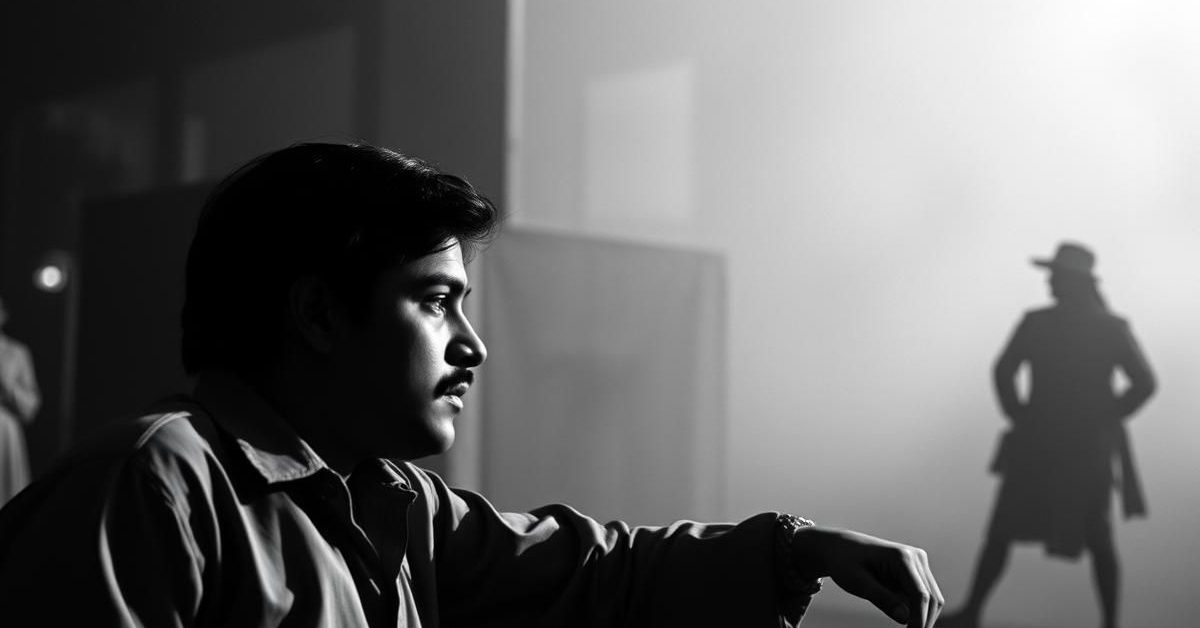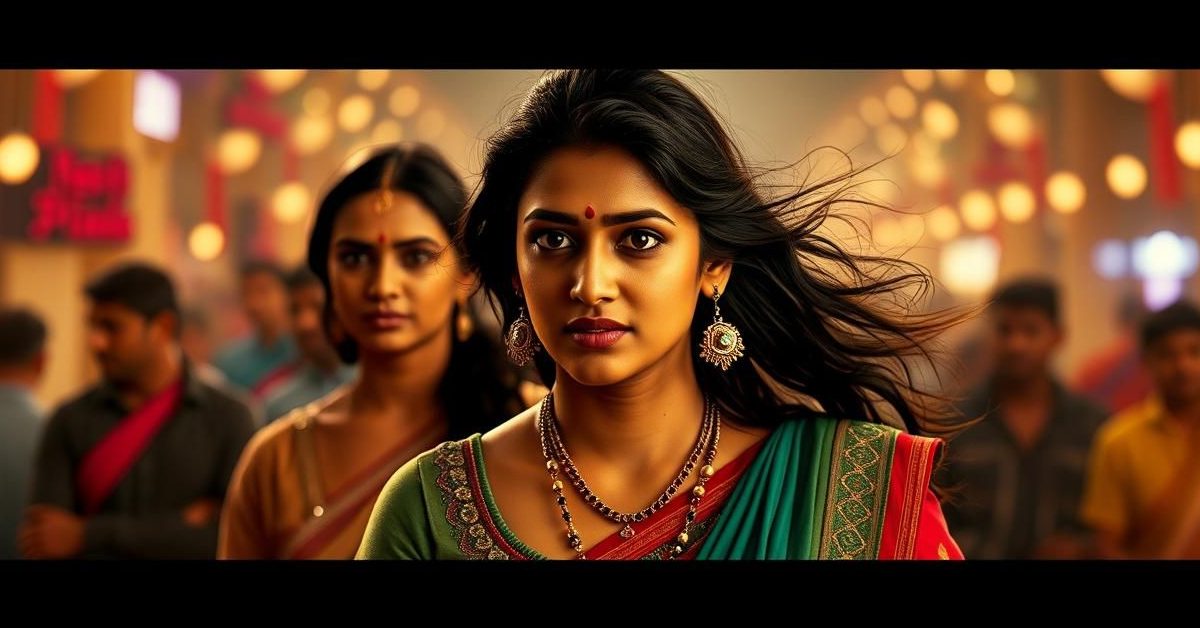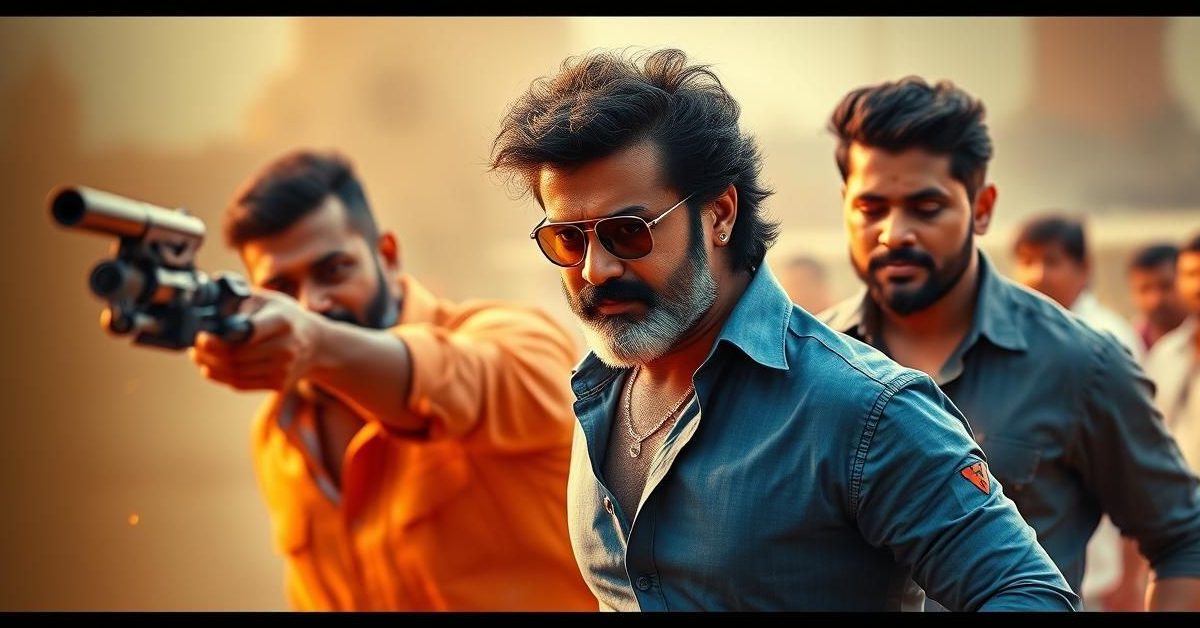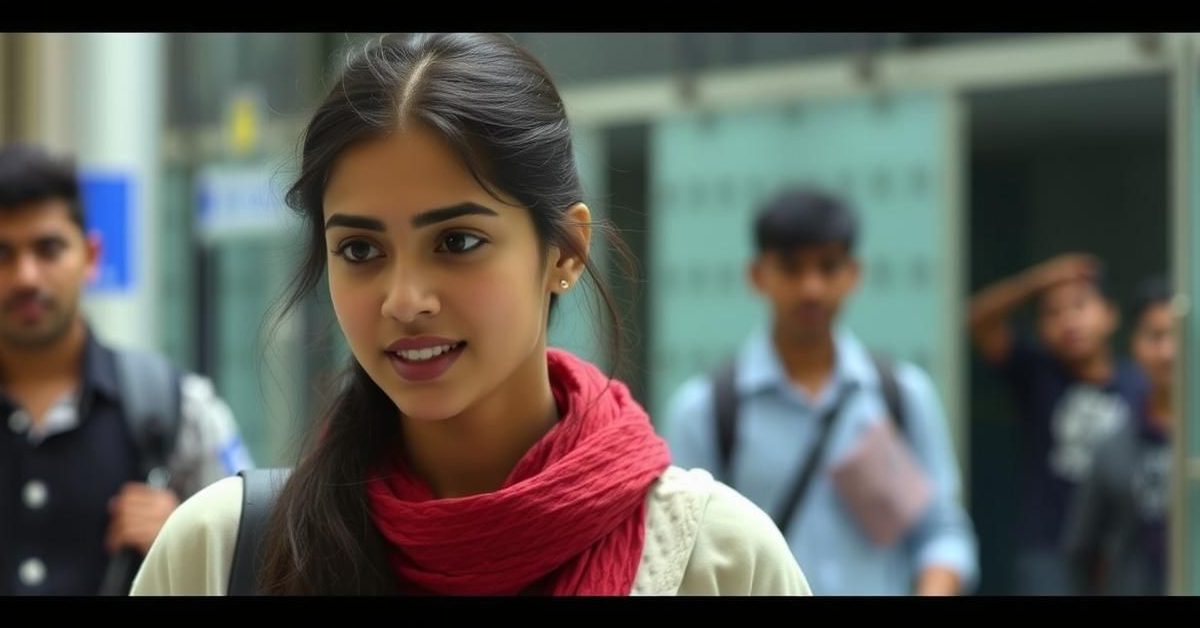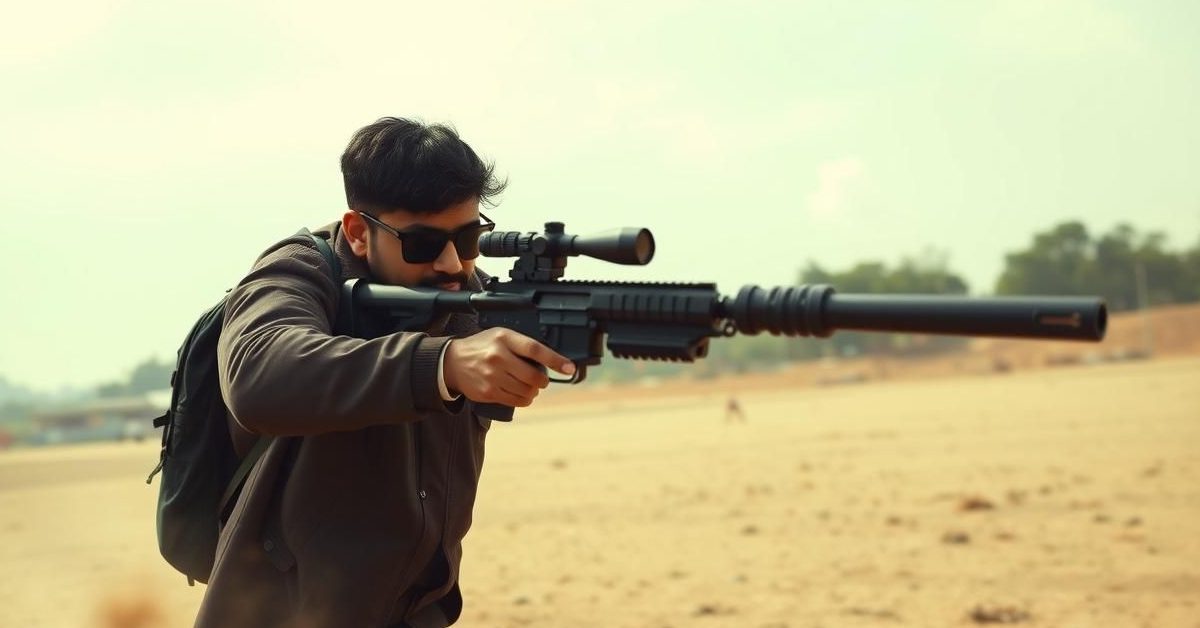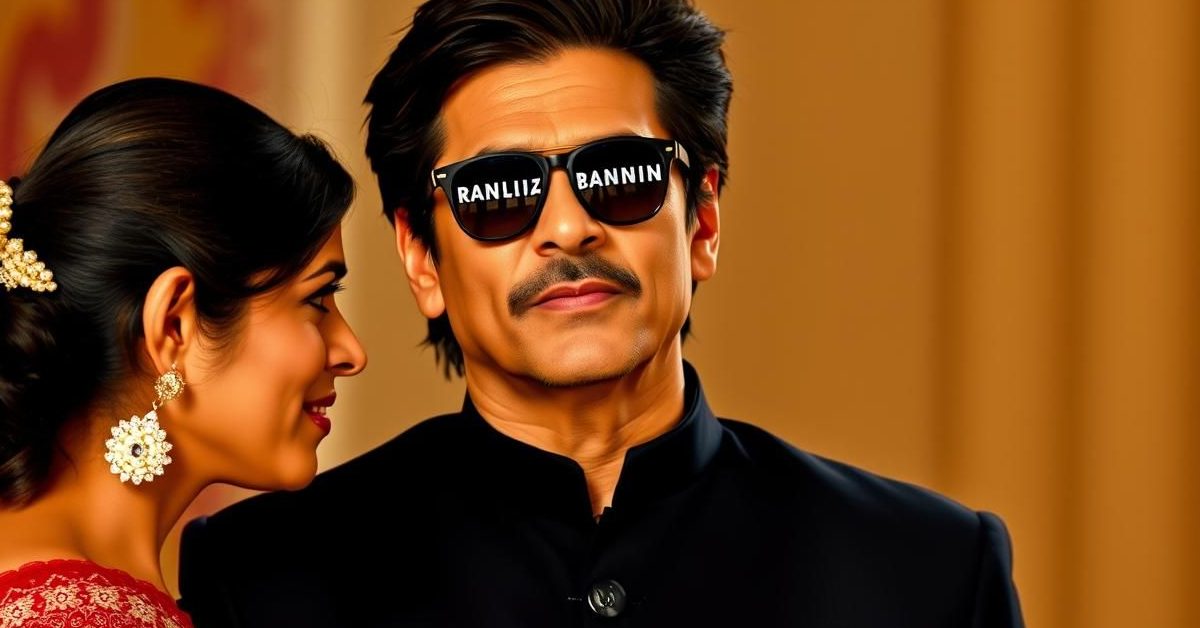Guru Dutt’s directorial debut, “Baazi” (1951), might not be as celebrated as his later classics, but it remains a groundbreaking film that profoundly influenced Hindi cinema.
More Than a Debut: Revealing the Artist
When we think of Guru Dutt, films like “Pyaasa” and “Kaagaz Ke Phool” often come to mind. While undeniable masterpieces, it’s his earlier works, especially “Baazi,” that offer a glimpse into the artist in the making.
Critics might view “Baazi” as less polished than his later, more refined productions. However, even in its raw form, Dutt’s genius shines through. It’s a film that showcases his early vision before he fully cemented his iconic style.
Igniting the Urban Noir Trend
“Baazi” holds a special place in cinematic history for pioneering the urban noir genre in Hindi cinema. Released in 1951, its dark, gritty themes and mood were revolutionary for its time.
What now seems like familiar plot twists were entirely new back then. This groundbreaking approach set a precedent, inspiring future films. Raj Kapoor’s “Shree 420,” released just four years later, adapted this very style, solidifying “Baazi’s” influence.
A Nursery for Future Stars
Beyond its genre-defining qualities, “Baazi” was a launchpad for many talents who would later become industry legends. It marked the directorial debut of Guru Dutt himself.
The film also saw Johnny Walker’s first major comedic role and gave lyricist Sahir Ludhianvi his initial big success. Zohra Sehgal, a future iconic actor, choreographed the songs, while Raj Khosla, later a celebrated director, started his career as an assistant here.
Even V.K. Murthy, who became Dutt’s visual muse and master of cinematography, worked on “Baazi” as a camera assistant, contributing to some of the film’s memorable shots.
The Art of Song Picturisation
One of “Baazi’s” most enduring legacies is its innovative approach to song picturisation. Guru Dutt had an unparalleled understanding of how to use music and visuals to advance the narrative and deepen character emotion.
Take the song ‘Suno Gajar Kya Gaaye.’ Here, the camera work, including a poetic dolly movement and tilt, reveals the hero’s entry through a mirror. This subtle yet impactful technique creates tension and immerses the viewer, showcasing Dutt’s directorial finesse even in his first film.
‘Tadbir Se Bigdi Hui Taqdeer,’ a ghazal given a surprisingly modern, Western beat by S.D. Burman, exemplifies Dutt’s minimalist approach. The tension isn’t in grand spectacle but in the intimate framing, the unspoken glances, and the silence that amplifies the music’s emotional depth.
Dutt’s Signature: The Unseen Layers
Even in “Baazi,” Dutt’s signature style of subtle storytelling is evident. He understood that the real drama often lies beneath the surface. His frames are layered, never overtly flaunting their artistry, yet always resonating deeply with the audience.
This “art of withholding” would become a hallmark of his later masterpieces. It’s almost poetic that in the opening shot of his very first film, Dutt himself appears as a nameless figure, a poet-like observer at the edge of the frame, hinting at the profound artist he was destined to become.
